Description
In the pulsating world of industrial automation, where reciprocating compressors churn through extreme pressures and strokes that can lead to rod drops or misalignment without warning, engineers face the daunting task of detecting subtle positional deviations that foreshadow catastrophic failures like piston seizures or cylinder cracks. Imagine a hyper-compressor in an ethylene plant or a gas injection skid in upstream recovery: proximity probes capture micron-level rod movements, but without dedicated conditioning, signals degrade amid EMI from solenoid pulses or thermal expansions, skewing I/O data and delaying alarms that could prevent API 618 breaches or million-dollar scrubs. This vulnerability not only disrupts process control but amplifies risks in high-reliability environments, where unchecked rod stretch or drop events cascade into vibration spikes that halt entire trains for weeks.
The Bently Nevada 3500/72M 140734-08 steps in as the specialized sentinel for these scenarios, resolving the core challenge of precise rod position monitoring by transforming raw proximity inputs into actionable, voted measurements that ensure system stability amid the reciprocating rigors. It becomes essential in setups like refineries or LNG facilities, where continuous uptime hinges on early detection of hyper-compression anomalies or crank angle drifts that generic modules overlook. I’ve advised on compressor bays where mismatched monitors forced ad-hoc filters or redundant wiring, burning through validation hours and eroding confidence in the automation stack. The Bently Nevada 3500/72M 140734-08 eliminates this by offering four-channel configurability for simultaneous rod position and drop tracking, with programmable notches to filter 1X/2X harmonics, delivering the signal fidelity that keeps loops tight without false trips.
In essence, it tackles the integration bottleneck in reciprocating process control, where high-reliability I/O isn’t about volume but veracity—empowering you to scale protections without scaling uncertainties. For teams navigating tightening safety regs and efficiency squeezes, this monitor isn’t a component; it’s the positional precision that turns potential pitfalls into preventive prowess, fostering resilient operations that endure the stroke of industrial demands.
When deploying the Bently Nevada 3500/72M 140734-08 in a 3500 rack for compressor oversight, consider it the dedicated decoder at the transducer frontier, ingesting up to four proximity probe signals—each with -24 VDC excitation and 10 kΩ impedance—to derive dynamic metrics like peak-peak amplitudes, position angles, and instantaneous gaps, then routing them via the backplane for rack-wide logic integration. It occupies a full-height front slot with a matching rear I/O module, drawing 18-30 VDC from shared rails while outputting buffered transducer feeds through coaxial ports and relay contacts that assert on setpoint breaches, bridging the physical probe layer to supervisory cores where FlexLogic correlates rod drops with velocity profiles for comprehensive fault trees.
In practice, it syncs natively with the rack’s TDI, where Rack Configuration software (v3.20+) programs channels in pairs—say, 1-2 for rod position with 100 mV/mil scaling, 3-4 for hyper-compressor with Not 1X filtering—to adapt to machine speeds from 60 to 2130 cpm, while diagnostics continuously poll for NOT OK states, bypassing channels if probes falter without halting the system. Alarm delays range from 0.1 to 60 seconds, with hysteresis to debounce noise from stroke variances, and it supports Modbus for SCADA overlays, ensuring alerts propagate to HMIs without custom gateways. Galvanic isolation up to 500 V shields against ground potentials in oily enclosures, and hot-swappable insertion maintains quorum during maintenance.
Positioned mid-stack—upstream of digital outputs, downstream of power supplies—it enables redundant pairings for SIL 2 compliance, where dual monitors vote on crank angles to mask single faults, or hybrids with 3500/70M for impulse-velocity fusion in multi-cylinder arrays. For retrofits, it mates legacy probes seamlessly, its constant-Q notches rejecting harmonics up to 57 dB for cleaner spectra. This isn’t isolated input handling; the Bently Nevada 3500/72M 140734-08 embeds reciprocity into the architecture, making your process control adaptive to the compressor’s cadence while anticipating the deviations that define durability.
| Specification | Details |
|---|---|
| Model Number | 3500/72M 140734-08 |
| Brand | Bently Nevada (Baker Hughes) |
| Type | 4-Channel Recip Rod Position Monitor |
| Input Voltage | 18-30 V DC |
| Operating Temp Range | -30°C to +65°C |
| Mounting Style | Rackmount (Full-Height Slot) |
| Dimensions | 241.3 x 24.4 x 241.8 mm |
| Weight | 0.91 kg |
| Interface/Bus | Backplane / Coaxial Outputs |
| Compliance | CE, CSA/NRTL/C, API 618 |
| Supported Protocols | Modbus (via rack) |
| Typical Power Draw | 7.7 W |
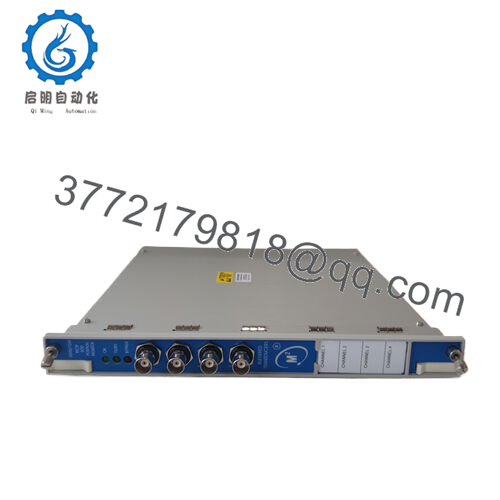
3500/72 140734-08
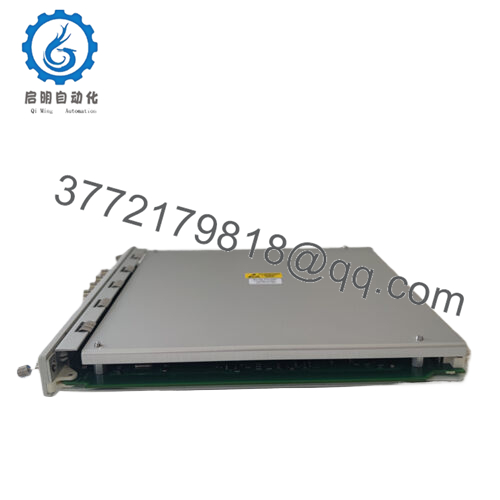
3500/72 140734-08
Choosing the Bently Nevada 3500/72M 140734-08 fortifies your compressor regime with positional prescience that preempts rod-related ruptures, where four-channel voting on drop events sustains operations through probe glitches—think averting a 5% stretch alert during peak loads, sparing the cylinder inspections that idle inter-stages and inflate insurance premiums. Engineered for the percussive pulse of recip bays, it guarantees long-term accuracy via scale factors up to 200 mV/mil, so thermal bows or hydraulic surges don’t warp readings, yielding the diagnostic detail that optimizes stroke limits and extends packing life without perpetual recalibrations.
This monitor also enhances maintenance momentum, its programmable delays and front LEDs enabling nuanced nuisance suppression that accelerates root-cause hunts to hours, not shifts—vital in facilities where access scaffolds swing with strokes and downtime dollars double daily. In rack ecosystems, it reduces engineering encumbrance by unifying proximity norms, allowing bay builds without excitation extras or filter fabrications, redirecting resources to predictive models like crank-angle correlations. Operators obtain operational osmosis from its relay relays, where angle flags foster intuitive interventions, building benches that benchmark behaviors as benchmarks, not burdens.
Further, the Bently Nevada 3500/72M 140734-08 stewards strategic sustainability, its 600 Hz bandwidth battling baseline bleeds to amplify MTBF, while pair-wise versatility—rod drop alongside hyper—meters to manifolds sans module multiples. The outcomes orbit outward: quelled quakes that quiet quotas, ledger-light logs for levy lulls, and the latitude to layer learning loops for load forecasts, all hinged on a monitor that doesn’t pursue pistons, but propels them into your automation’s percussive poise.
In petrochemical hyper-compressors, the Bently Nevada 3500/72M 140734-08 probes rod extensions amid ethylene surges, enduring solvent steams to enforce critical system uptime via Not 1X alarms on harmonics—indispensable for process control environments where drop deviations could decompress downstream and derail distillations. Its pair configurability captures crank variances under valve volleys, upholding high reliability in strokes spanning seconds.
For natural gas gathering skids, it’s racked to track piston positions through methane mists, thriving against pressure pulses for continuous uptime, with gap metrics feeding ESD on excursions. The Bently Nevada 3500/72M 140734-08 advances modular integration, augmenting cylinders adroitly for capacity creeps without probe proliferations.
In power plant auxiliary recip packs, the Bently Nevada 3500/72M 140734-08 profiles throw angles in cooling loops, fortifying fast data cycles for overload overrides in thermal tides—mustered in process control environments mandating API 618 acuity to mitigate mech mishaps and maintain megawatt margins.
3500/70M – Companion recip velocity monitor for fused impulse-rod in multi-cylinder oversight.
3500/72M-01-00 – Barrier I/O variant for hazardous zones with enhanced isolation in classified compressor bays.
3500/77M – Tachometer sibling for speed-referenced position in variable-stroke recip apps.
1900/65A – Compact universal alternative for legacy single-rod watches in space-pinched skids.
3500/20 – Rack interface module hosting the 3500/72M 140734-08 in expanded recip architectures.
3500/45 – Position monitor base for thrust extensions in axial-recip hybrids.
3500/22M – Buffered output add-on for relaying 3500/72M 140734-08 signals to remote PLCs or historians.
Prior to slotting the Bently Nevada 3500/72M 140734-08, tally your probe roster—3300 XL types demand -24 VDC excitation synced, and scales cap at 200 mV/mil to evade clipping; etch envelopes via Rack Config in decoupled dry strokes, amber LEDs at activation alluding to alignment anomalies. Latch full-height levers till locked, then query backplane through power prompts—firm green per port pledges probe parity, flutters flagging fixture fumbles. Recip resonances resonate: relocate remotely from rod realms, with 75mm drafts undisrupted in vapor-veiled vaults to balk bias from blast backs.
In rhythm, quarterly quartz quests at junctions quell contact corrosion, chiefly in coolant-corroded casings—dejuice domains, gauge gaps to ground, and graph gradients beyond 1 MOhm. Semiannually, stage stroke simulations with signal sources to scrutinize setpoint stabilities, storing against scales; straying spans signal stage shifts under surveillance. Coordinate annual rack reckonings to refit respites, replicating drops to ratify relay responses without runner rests, firmware fusing following file freezes. These recip routines, rooted in rod rundowns, refine the module’s mettle, reining the reticent rifts that riddle rod reckonings.

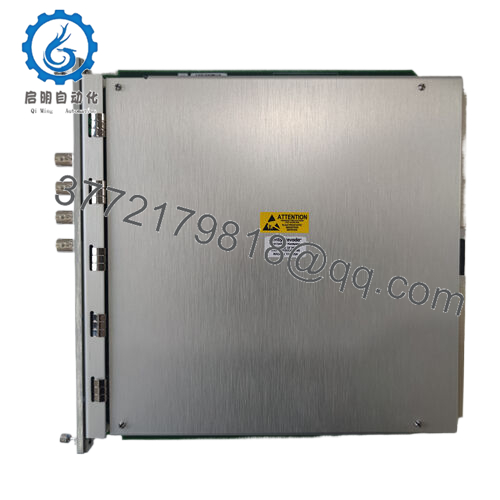
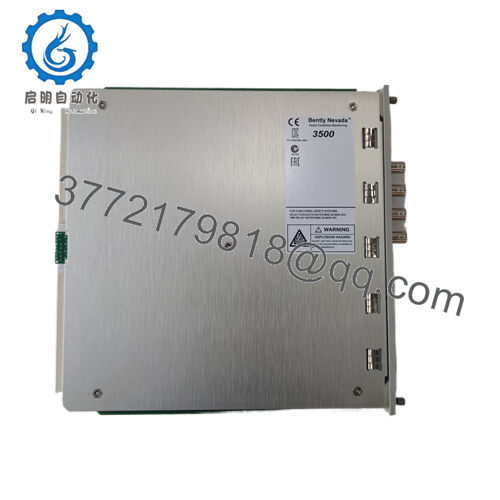
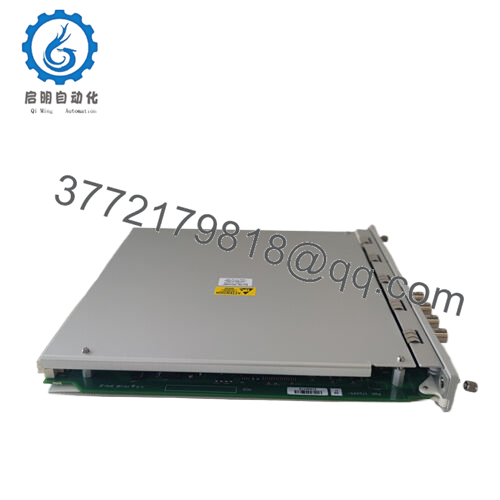
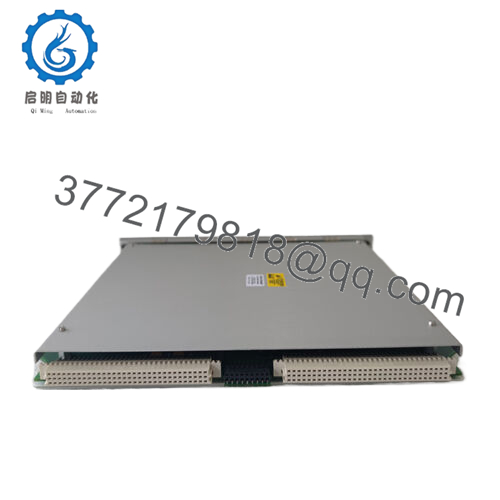
 WhatsApp: +86 16626708626
WhatsApp: +86 16626708626 Email:
Email:  Phone: +86 16626708626
Phone: +86 16626708626


